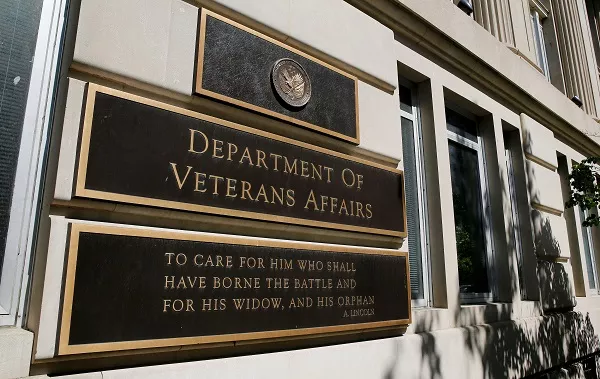Veterans Affairs officials soon will waive most copayments related to medical care for American Indian and Alaska Native veterans in an effort to encourage more of them to use VA health services.
Officials detailed the effort in a proposed rule released in the Federal Register on Tuesday. They have not yet released a timeline for exactly when the copayments will be ended, but the final rule is expected to be approved in coming months.
The department has already pledged to reimburse all eligible veterans for any copayments made between Jan. 5, 2022, and the date of that final approval.
“American Indian and Alaska Native Veterans have played a vital role in the defense of the United States as members of the Armed Forces for more than 200 years,” VA Secretary Denis McDonough said in a statement accompanying the announcement. “This rule makes health care more accessible and allows us to better deliver to these veterans the care and health benefits that they have earned through their courageous service.”
VA estimates about 150,000 American Indian and Alaska Native veterans are living in the country today, and Defense Department officials have estimated that roughly 24,000 active duty service members belong to the same groups.
Veterans Affairs officials said they do not have a reliable estimate on how many of those veterans are currently using department health care services.
Read the complete article on Military Times.


